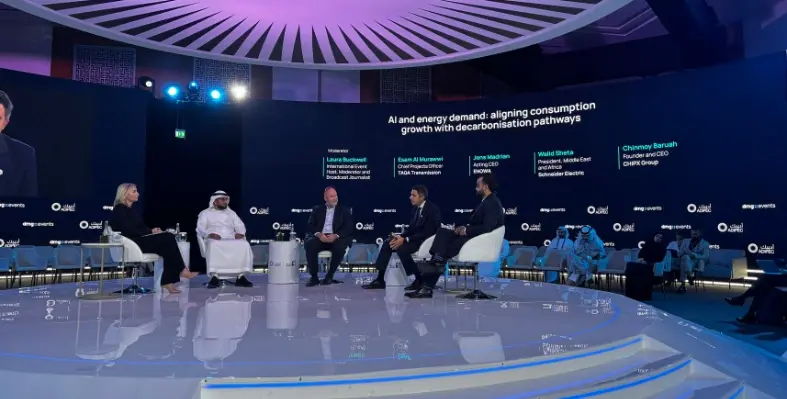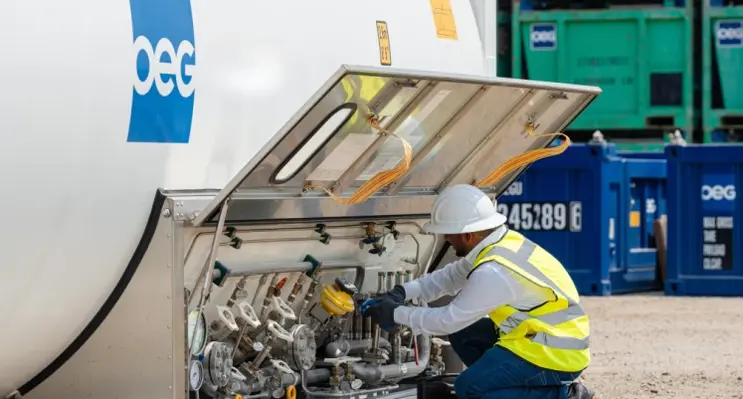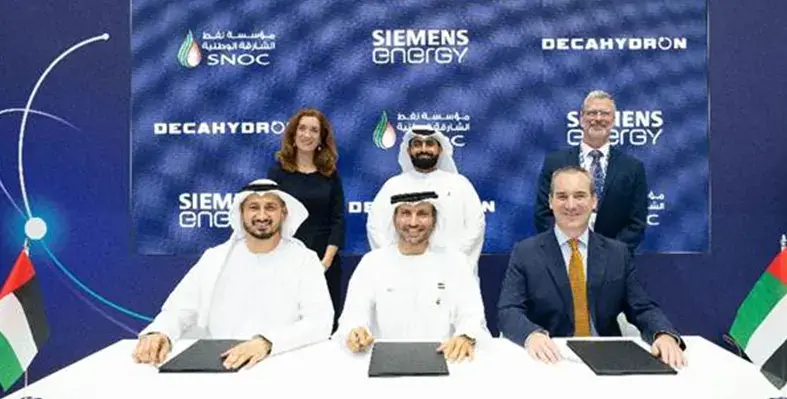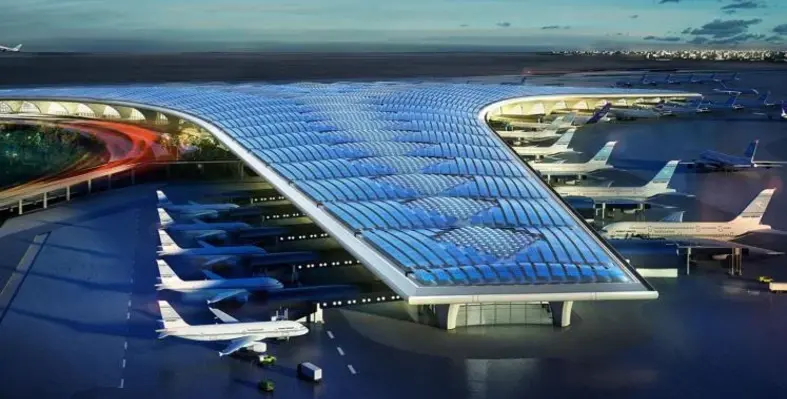
Leaders from the energy and technology sectors gathered to discuss the critical intersection of AI and energy efficiency
At this year’s ADIPEC in Abu Dhabi, leaders from the energy and technology sectors gathered to discuss the critical intersection of artificial intelligence (AI) and energy efficiency, focusing on how digital innovation can drive sustainability in the global energy landscape.
Kicking off the conversation, Walid Sheta, president, Middle East and Africa for Schneider Electric, spoke candidly about the fundamental role of decarbonisation, stating, “Sustainable development is based on decarbonisation. Decarbonisation requires electrification, and electrification requires digitalisation.”
He emphasised the evolving efficiency of electric transmission but warned that “electrification, just for electrification, doesn’t fly. You need to use the efficiency of it... to do that, you need digitalisation.”
Sheta highlighted AI’s transformative potential with real-world examples. “You can predict the leakages of water pipes in a city by using AI without having sensors and pipes everywhere, and even predicting the failures and preventing them, hence reducing what you are using of power as desalination,” he said.
Growing demand
However, Sheta also sounded a note of caution regarding energy demand, adding “AI is consuming a lot of energy because of the nature of the data centres… today 1% of the energy that is consumed on the planet [is by data centres]. It's planned to reach 3% and 4%...”
Chinmoy Baruah, Founder and CEO of CHIPX Group, underscored the industry’s advancements in efficiency. “We at Chip X are delivering the most energy efficient semiconductor chips for the global industry... We can reduce energy consumption by more than 50% and deliver the same amount of work done running the whole GPUs that NVIDIA and AMD are using currently.”
On the issue of energy access, Esam Al Murawwi, chief projects officer for TAQA Transmission, commented, “We could utilise the AI learning mechanism to support us close that gap. But currently, it’s widening that gap.”
Jens Madrian, acting CEO of ENOWA, shared insights on system-wide AI integration, “You have the kind of standard, no-brainer cases, like detecting water leakage... ROI of these projects are fantastic.” Beyond maintenance, he envisioned a broader future, saying, “We apply AI on a total system basis... our control center doesn’t look like one of these screens you’re looking at here with all those lines... for us, it's almost like a container on site, managed and dispatched instantly.”
As showcased at ADIPEC, the dialogue confirmed the immense challenges and opportunities in aligning AI and energy. Panelists agreed that proactive innovation and cross-sector collaboration will be vital in creating sustainable, efficient, and resilient energy systems for the future.
Read more:
ADIPEC 2025 calls for AI-driven energy growth
SNOC, Siemens partner to explore natural hydrogen
Al Masaood brings Instagrid’s emission-free portable power to UAE








